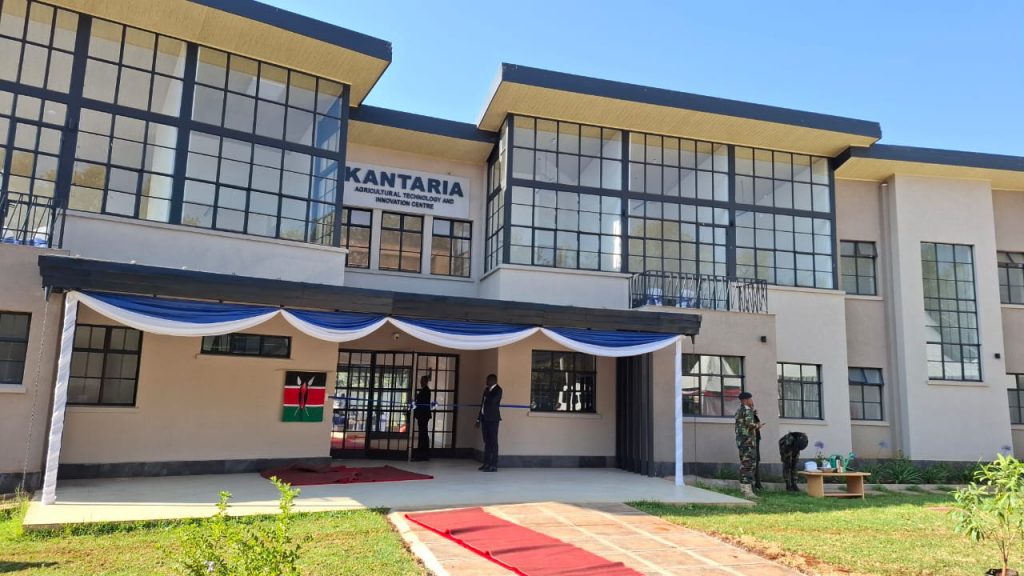
The inauguration of the Kantaria Agricultural Technology and Innovation Centre (KATIC) at the University of Nairobi’s Upper Kabete Campus marked a major milestone in Kenya’s agricultural landscape. This Kshs. 80 million facility, fully funded by the Kantaria family, is poised to bridge the gap between academic research and practical farming solutions, with a strong emphasis on empowering youth and women in agriculture. By providing a physical space where innovations can be tested, demonstrated, and scaled, KATIC exemplifies a strategic investment in both human capital and technological advancement, reinforcing Kenya’s position as a leader in modern agribusiness.
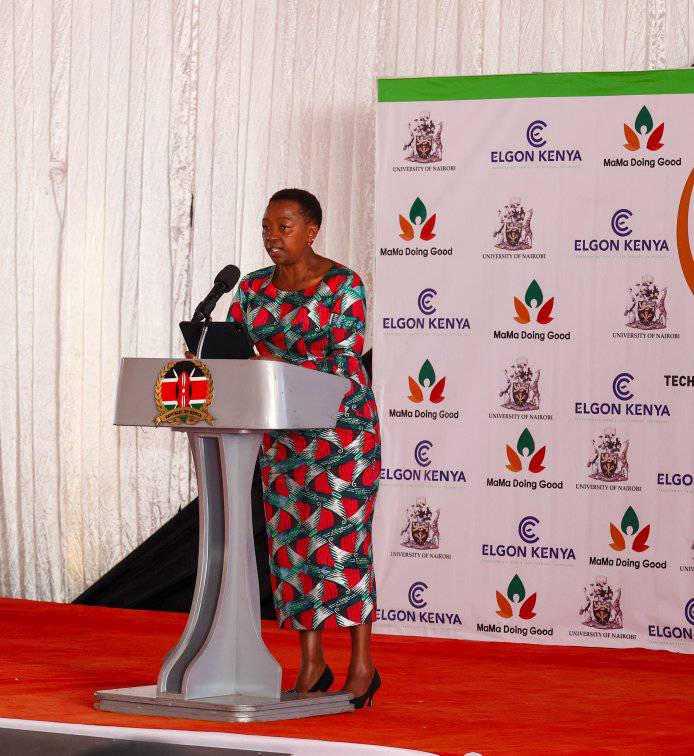
The facility encompasses research laboratories, demonstration farms, incubation spaces for agri-tech startups, and classrooms equipped for hands-on learning.
Its presence on a one-acre plot within the University of Nairobi’s 23-acre College of Agriculture and Veterinary Sciences campus ensures that students, researchers, and farmers interact directly, fostering a continuous exchange of ideas.
Kenya faces a significant challenge with youth unemployment. According to research, approximately 35% of the country’s population is aged between 15 and 34, and over one million young people enter the labour market annually without adequate skills or opportunities. Despite the overall unemployment rate being 5.4%, youth unemployment stands at 8.4%, with many jobs being in the informal sector, lacking stability and fair compensation.
This demographic reality places enormous pressure on the nation’s economy, as large segments of the youth remain underutilized despite their potential for innovation and entrepreneurship. Agriculture, a sector that directly contributes 22.5% to Kenya’s GDP and an additional 27% indirectly through value chains, presents a vast opportunity to absorb this youthful labor force.
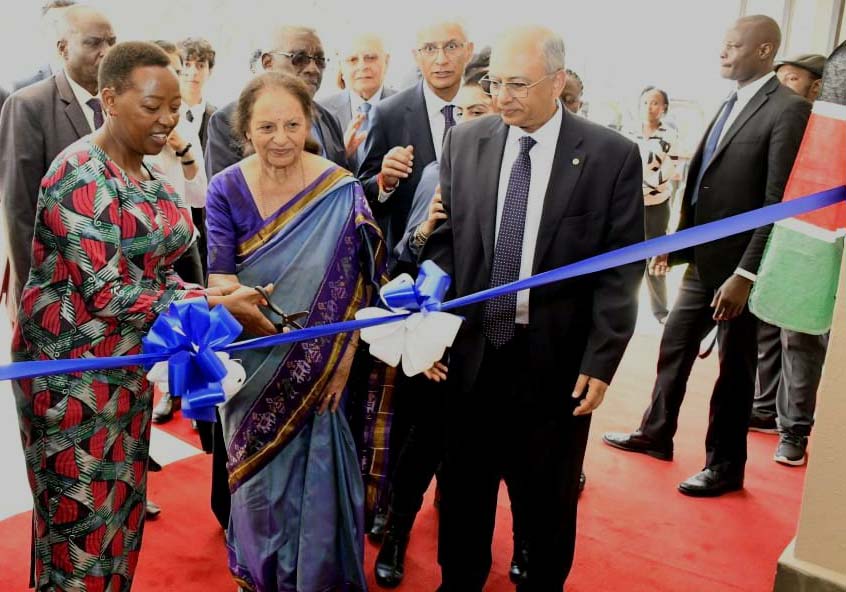
The Kenya Youth Agribusiness Strategy emphasizes the importance of positioning youth at the forefront of agricultural growth and transformation. With over 1 million youth entering the labour market annually, tapping into their potential in agriculture is crucial for sustainable economic development. Evidence suggests that youth-led agricultural enterprises have higher adoption rates of digital farming tools and innovative agribusiness models. Initiatives like KATIC aim to formalize these efforts, ensuring that youth are not only employed but also entrepreneurial, able to create jobs for others and scale innovations across the country.
KATIC is envisioned as a hub for educating and training youth in practical agricultural technologies, empowering farmers through targeted training and demonstrations, and supporting national development goals in employment, food security, and agribusiness value chains. Its hub-and-spoke model is designed to extend innovation from the University to TVET institutions, Ministry of Agriculture centres, and community platforms, thereby reaching farmers, schools, and local markets. This structure ensures that knowledge generated in academic research is immediately translated into practical solutions that improve yields, reduce post-harvest losses, and enhance profitability.
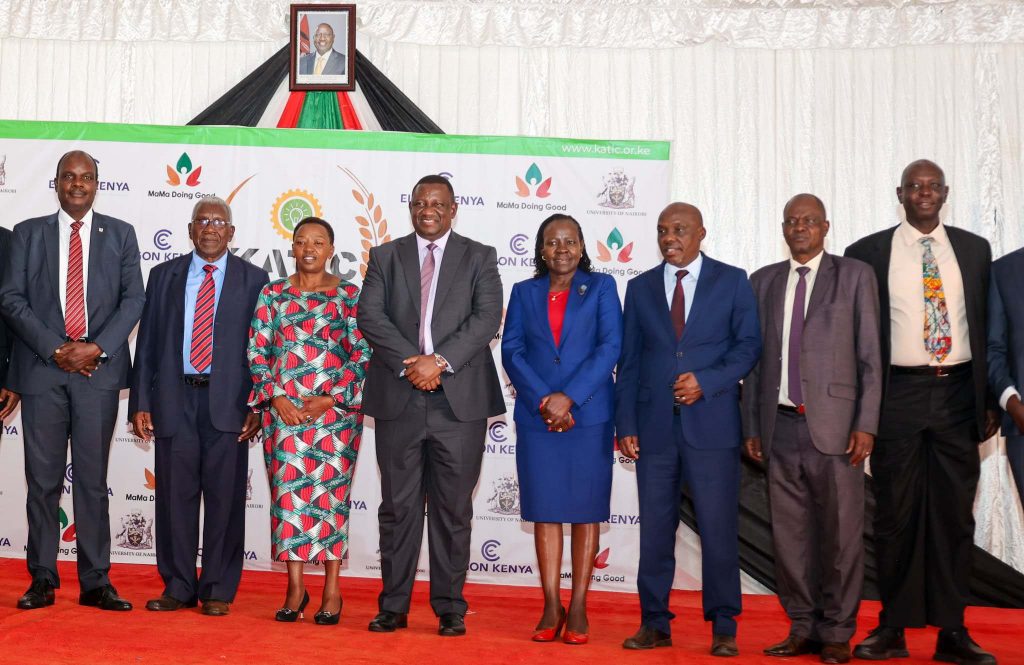
First Lady Rachael Ruto described KATIC as ‘a seed of transformation,’ emphasizing its role in empowering youth and women to turn ideas into profitable ventures. She highlighted that when farmers are equipped with the best tools, knowledge, and technology, the country secures not only its harvests but its future. The inclusion of women and youth in the centre’s programs addresses historical disparities in access to land, credit, and training, creating more equitable opportunities for participation in agriculture. Studies show that women-led farms in Kenya are more likely to adopt nutrient-rich crop varieties, improve post-harvest handling, and engage in community-based value chains, amplifying social and economic impact.
The centre’s focus on practical training aims to make graduates not just academically strong but also ‘street smart,’ enabling them to apply knowledge, understand market realities, and start their own agribusinesses. This approach aligns with research indicating that experiential learning significantly improves retention of agricultural practices and encourages innovation. Students engage in hands-on activities such as greenhouse management, hydroponics, livestock husbandry, and farm-to-market logistics, preparing them for real-world challenges and opportunities.
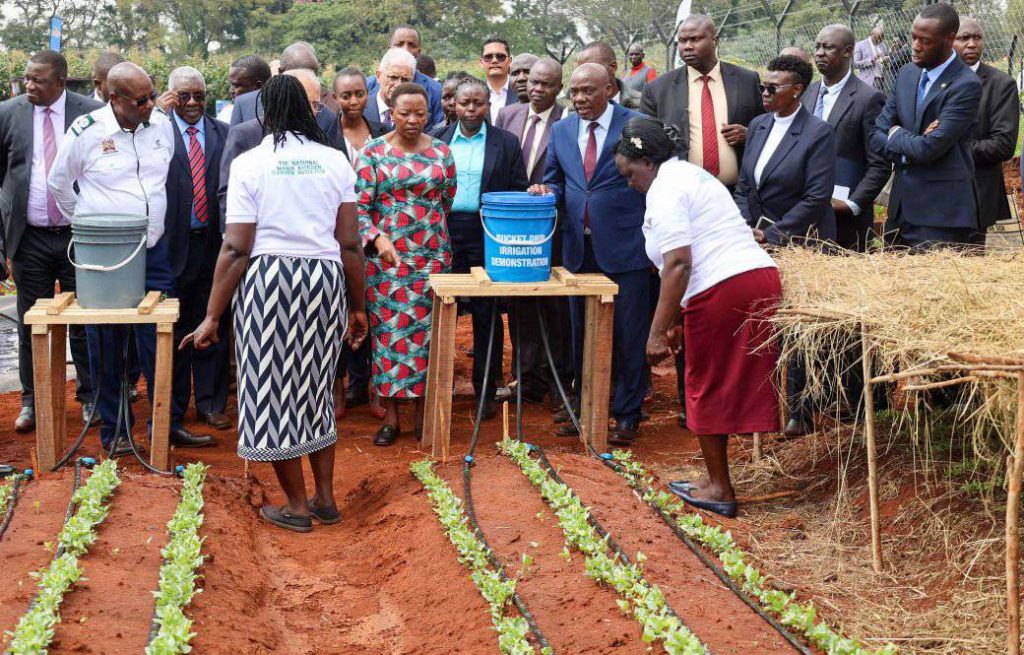
The launch of KATIC serves as a clarion call for all stakeholders; government, academia, and the private sector to create an enabling environment for youth-led food security initiatives. The centre also invites collaborations from companies in finance, insurance, and agri-technology to establish their innovation spaces, creating an ecosystem where knowledge, capital, and technology converge.
As the First Lady aptly concluded, “The future of agriculture is not just about seeds and soil; it is about systems, solutions, and sustainability.” Kenya’s agricultural transformation begins with initiatives like KATIC, right here, right now. By integrating research, hands-on training, and entrepreneurial support, KATIC sets a precedent for how academic institutions can actively shape national development, create jobs, and strengthen food security while empowering the next generation of agripreneurs.
